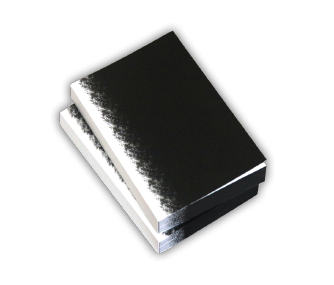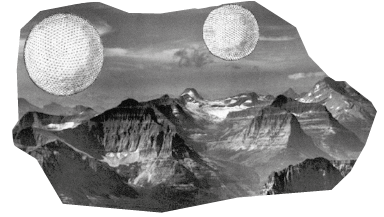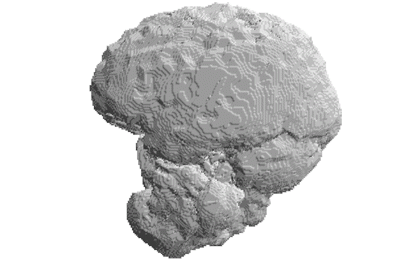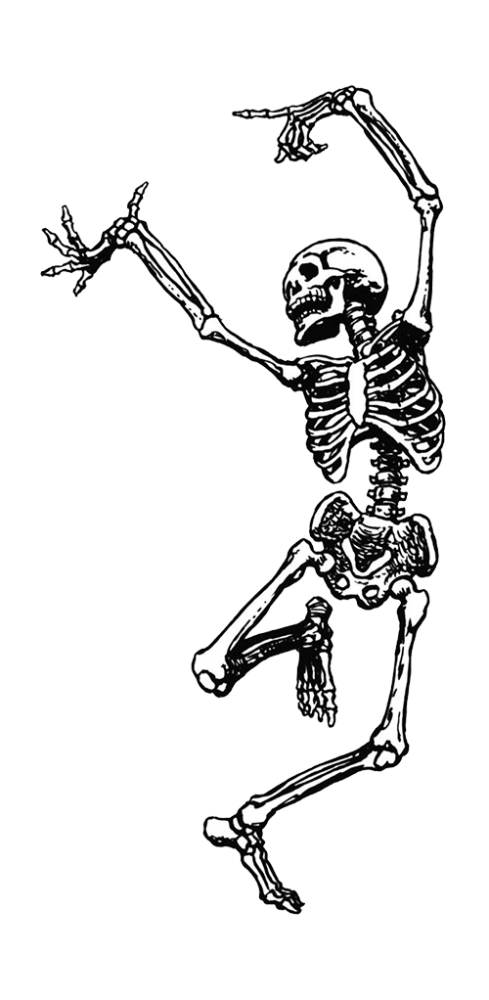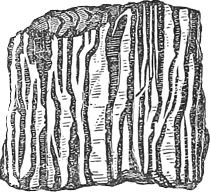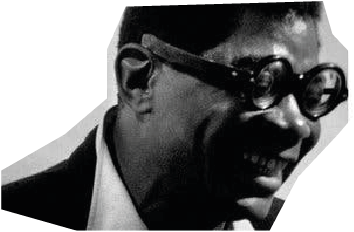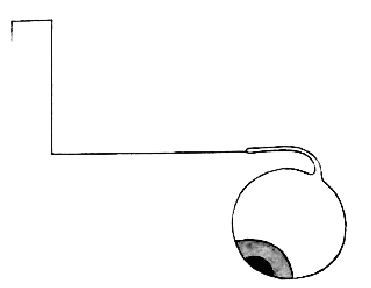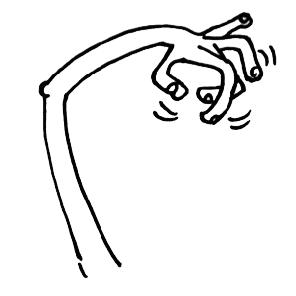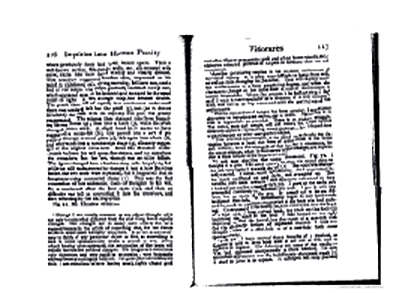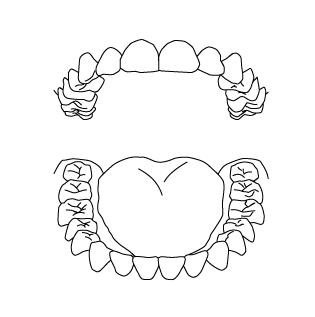Alien Laughter - concert lecture - 17 May 2022
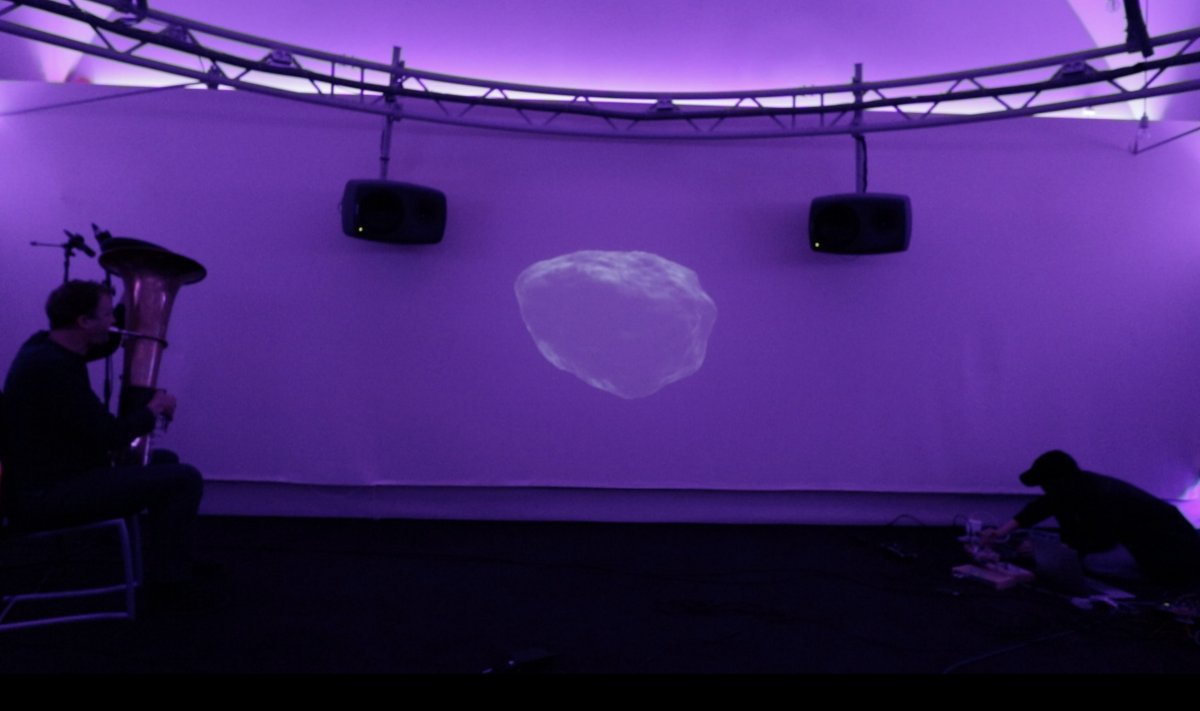
Alien Laughter - a concert-lecture
for Swoopophone, Microtonal Tuba, Voice, Noise & Modular Analog Synthesizer
In science fiction writer Samuel R.Delany ́s short story “Among The Blobs” from 1976 one of the main character’s Joe finds himself in a New York subway-car tightly packed between other bodies. (not entirely different to how all of us mightb be squeezed together in this space tonight). Bumping into a women he apologises. Delany writes. I quote: “I ́m terribly sorry m’am. I’m sorry”. (...) To one side of his back was, not a pain nor even a feeling, but rather a sensational ghost, an unformed blob, where she had lurched against his army jacket, or he had backed into her tweed. “Are you alright?”. She probably couldn't hear him because of the subway car’s roar. Joe turned, because after all all he had done was bumping into her a little, or she had bumped him. But I could have smiled, he thought. There were these men, of whom he was vaguely resentful, because if he stood too close to one in the crush, or sat too close to one on a subway seat - too much body contact - they might suspect he was not a heterosexual lustful-panting-monster, and the grapevine had it they could get hostile towards the other kind. There were the women, of whom he was vaguely resentful, because, since everyone knew all men were heterosexual lustful-panting-monsters, if he bumped one or brushed one (not to mention stood too near or sat too close), he had to apologise, be appallingly polite, and generally come on far more deferentially than any normal human should be expected to to establish that, indeed, he was not a heterosexual lustful-panting-monster.”
The Blob in this narrative - as an undefined and unformed ghostly space between Joe and the crowd putting him in touch with the other is in many ways not far from the theoretical physicist and feminist theorist, Karen Barad’s writings around touch and the vibrating “void”. Barad writes. I quote: “When two hands touch, there is a sensuality of the flesh, an exchange of warmth, a feeling of pressure, of presence, a proximity of otherness that brings the other nearly as close as oneself. Perhaps closer. And if the two hands belong to one person, might this not enliven an uncanny sense of the otherness of the self, a literal holding oneself at a distance in the sensation of contact, the greeting of the stranger within? So much happens in a touch: an infinity of others—other beings, other spaces, other times—are aroused.”
The quantum theory of touching, that Karen Barad puts forth, is radically different from the classical explanation. Classical physics inherits a Democretean ontology—in where particles and the void are separate elements. In quantum field theory however a physical particle, does not simply reside in the vacuum as an independent entity, but rather is inseparable from the vacuum. There is no gap between representations and represented—no Cartesian division between “internal” and “external” that separates the knowing subject from the world. From the point of view of classical physics, the vacuum has no matter and no energy. In contrast according to QFT, the vacuum is full of fluctuations and the void a spectral realm with a ghostly existence.
The void not being nothing (while not being something), A vibrant space not entirely separate from us and not entirely us. It is a space of becoming, of change, that residence as well in past-present and future. Laughter belongs to that ghosty space. - as a direct feeling of the virtual: as the sensation of invisible forces acting on a body; - an indeterminate symphony of voices- of rhythms traversing - changing us and the materialization of the world.
There is a second story threaded through Samuel R. Delany’s tale - another blob encounter, that starts off with Bat D, who is somewhere out there in another galaxy, inside his rocket bending through space at ballistic speed through interstellar night. Delany writes. I quote: “Bat was dubious and alert, with the belly feeling that is both anxiety and enthusiasm. His would be the first human encounter with the Blob - which had been reported flütchuating in sector E3. “ The blob here - an amoebic alien creature Flütchuating (a form of communication? digestion?, play? or (a method of transportation? reproduction? art?) - a form of laughter?
It is somewhere between these entangled stories (somewhere between a packed subway-car and out in the deep vibrating space) that I thought we would start our story tonight.
Performers:
Annika Larsson is a Time Based Me dia Artist, Professor HFBK Hamburg, and researcher at Royal Institute of Art, with the artistic research project “Non-knowledge, Laughter and The Moving Image”. This project is funded by The Swedish Research Council and done in collaboration with Royal Institute of Art, Stockholm and HFBK Hamburg.
The tuba player and composer Robin Hayward was born in England, living in Berlin. Robin Hayward has introduced radical innovations in brass instruments, first by discovering the “noise valve” in 1996 and later by developing the first fully microtonal tuba in 2009. In 2012, he invented the Hayward Tuning Vine, partly in order to represent the harmonic space implicit within the microtonal tuba. In 2005, he founded the ensemble Zinc & Copper, and in 2010 cofounded the microtonal tuba trio Microtub and the microtonal tuba-double bass duo Reidemeister Move. He regularly records and tours both with these ensembles and as a soloist.
Daniel M. Karlsson, Composer who focuses primarily on texture and timbre and who works extensively with algorithmic composition.
E.I The Blob is a noise making digital “image-organism” sensitive to sound and touch, created to explore new ways of thinking, being and acting with the Moving Image. As an intra-active vibrant body it plays a central role in my artistic research project.

